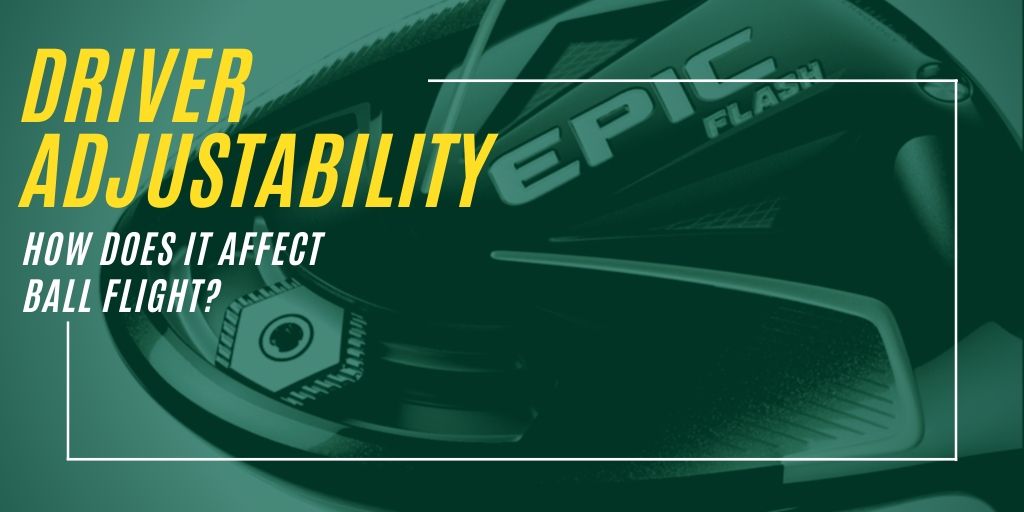
One of the significant innovations in golf equipment in recent memory is driver adjustability. Almost every manufacturer now offers drivers (and other clubs) that allow you to change the loft, or move around the center of gravity with weights.
Like any technology, there are two sides to the coin. If a golfer buys an adjustable driver, and randomly changes the settings based on a few hunches, will that help them? Or can it hinder their performance?
In this article, I'll explore a few concepts in driver adjustability that every golfer should know. Also, I've done some testing of my own driver using my SkyTrak launch monitor to show how much influence all of the settings have on ball flight.
Thoughts From An Expert
When it comes to golf club performance, I'm lucky to have one of the best clubfitters in the industry at my disposal. To understand more about driver adjustability, I spoke with Woody Lashen. He is the co-owner of Pete's Golf, which has been recognized as a Top 100 Clubfitter by Golf Digest. Almost every single OEM seeks out Woody and his staff's opinion on golf club design because of their experience and expertise.
On the whole, Woody says he loves having more adjustability options with driver heads. As a clubfitter, it gives him more alternatives to fine-tune equipment for his clients.
He often compares driver settings to a medication prescription from a doctor. In his opinion, it's best to get the proper settings (or your medicine) given to you by a professional who understands how they will perform for your golf swing. Trying to figure out the "dosage" on your own can lead to more problems than benefits.
Woody says that getting the loft setting on your driver is the most important. Modern drivers allow golfers to move the loft around by several degrees now. Increasing or decreasing loft can change how far you hit the ball and the accuracy of your drives considerably.
Also, moving the center of gravity around with weights can affect the shape of your shots. A lot of drivers now come with fade and draw options. Woody says he is a little more hesitant to play around with the weights to move the center of gravity. He would instead pick a driver head that has the right center of gravity to begin with. Moving the weights around inevitably creates a sacrifice in performance in his experience.
Overall, Woody says that he cautions golfers to play around with the settings on their own. He's seen plenty of players make mistakes. For example, one golfer came to him thinking he had increased the loft of his driver 2 degrees, but he had actually removed one degree of loft because he didn't follow the manufacturer's directions properly.
Also, most golfers don't have the expertise or the testing equipment necessary to figure out if one setting will be better than another for their swing. Most times, they are taking a shot in the dark.
His main piece of advice is to work with a professional who can determine the optimal driver settings for your swing. Once that has been established, playing around with loft and moving weights around usually can cause more problems than it's worth.
My Testing
I know readers of the site love to see tangible examples of certain concepts. So I recently took my Callaway Epic Flash driver and played around with the settings. My goal was to see how much changing the loft and the weighting of the club would impact my ball flight.
All testing was done on my SkyTrak launch monitor, which gives me accurate measurements on key ball flight indications. For this test, I was mostly concerned with how much loft would alter my distance. Looking at the launch angle, spin rates, and yardage information gives me a clear picture.
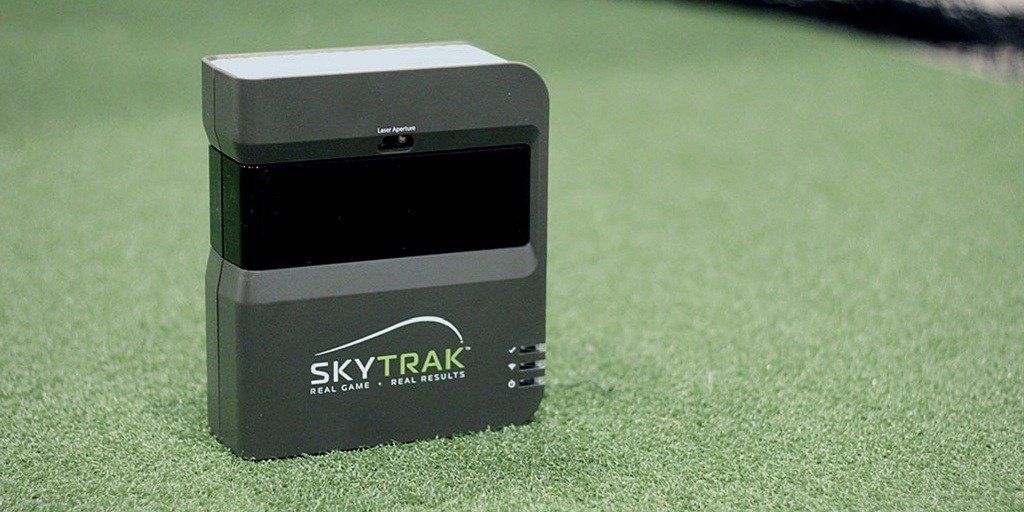
Additionally, I wanted to see how moving the weights around to fade and draw settings would change the shape of my shots. Looking at the simulated ball flights as well as sidespin numbers help answer those questions.
As usual, I try to caution you all that my results are specific to my golf swing. The only way to figure out the answers for your own golf swing would be to perform similar tests.
How Much Did Adjusting the Loft Change My Ball Flight?
If you are looking to maximize your driver performance, especially for distance, loft is critical. There are so many misconceptions amongst golfers about how loft actually works in a driver. For starters, there is no such thing as a standard loft in terms of its performance. I've tested a bunch of different drivers and found optimal performance with 12 degrees with one model, and as low as 9.5-10 degrees with another. A lot of it depends on the center of gravity. Long story short, there is no such thing as the right loft for all drivers.
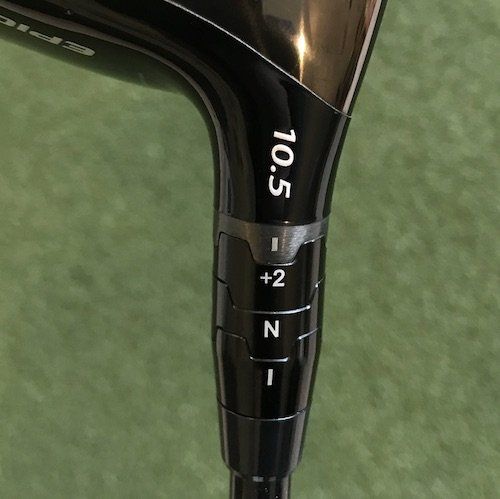
Another myth is that less loft will increase distance. For many golfers, the opposite is actually true. Let's take a look at my test results from my SkyTrak session:
As you can see, there is a fairly linear progression taking place. The more loft I add to the driver, the farther I can carry the ball. I've found that the 12.5 degrees setting on my driver works best for me to increase my distance (and control).
The relationship between driver loft and distance varies based on the golfer. For example, I am a very low-spin player. I need to get the ball up in the air quickly (increase launch angle) to get the most distance out of my drives. However, the opposite might be true of a player who spins it more with their driver. The increase in launch angle could rob them of distance.
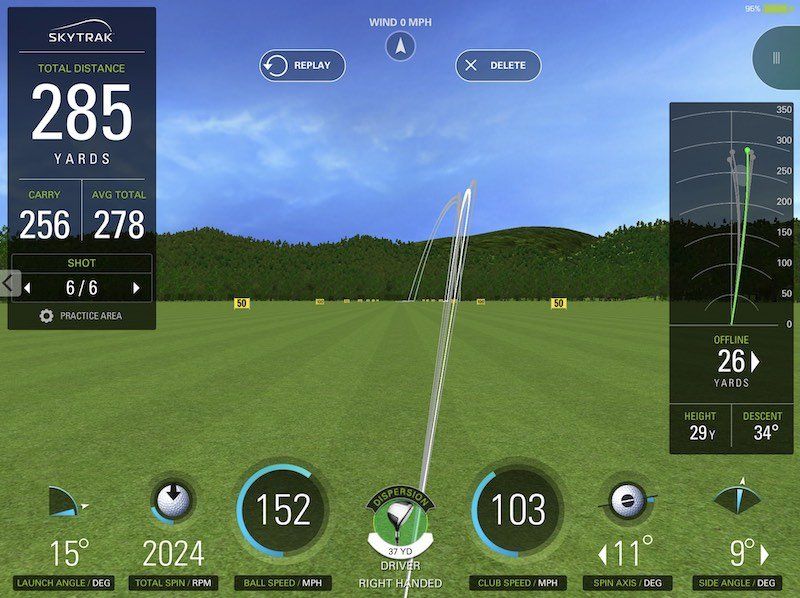
So if you are in the market for a new driver or never really tested your current one with different loft settings - there might be some easy performance gains waiting for you. Having the wrong loft could be robbing you as much as 20 yards!
Fade and Draw Settings (moving center of gravity)
A lot of modern drivers come with settings that allow you to move the center of gravity horizontally. Moving around weights can favor more of a fade (left to right) or draw (right to left) ball flight.
While I know how much influence loft can have based on plenty of testing, this is an area I have not experimented with much. My instinct is that it can be a slippery slope. A golfer might be tempted to continually change the weight settings on their driver based on short-term results, which is something I don't necessarily agree with.
My shot shape is very predictable. Because I have such an in-to-out swing path, it's nearly impossible for me to hit anything other than a draw or straight shot. The only time you'll ever see a left-to-right ball flight is if I strike it on the heel of the clubface, which is caused by gear effect. I explored gear effect more in this article. You should know that for a right-handed player, if you strike the heel of the club, it will impart more fade spin, where finding the toe of the clubhead will cause the ball to draw more.
I tested my driver with neutral, draw, and fade settings. I also made sure to eliminate shots that were not struck towards the center of the face, which could confuse the results. The outcomes surprised me. The primary measurement I'm looking at is sidespin.

If the number is negative, that means the ball is curving more right to left (draw). A positive number would indicate a fade, and the closer you are to zero, the straighter the ball flight. Typically, I struggle with the number being too negative, which means I am hooking the ball on more errant swings. I'm usually looking for a slight draw, which would be represented by something around -100 to -300 rpm.
Interestingly, the fade setting actually got me hitting some fades. Almost 2/3 of my shots registered with positive side spin. Most recorded at around 400rpm of sidespin, but the average was brought down to 96 total because several swings did manage to draw still.
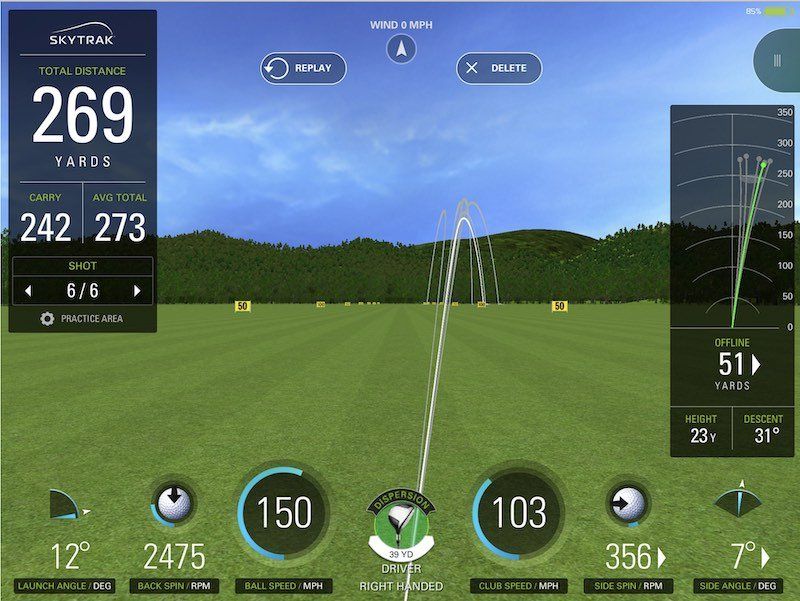
As expected, the neutral setting delivered results I'm used to seeing on the course, which is a slight draw when I'm hitting shots well.
Another surprise was that the draw setting did, in fact, make me hook the ball more. It was too much. Some swings registered over -1000 rpm of sidespin, which is dangerous territory.
Based on what I saw, I'll continue to keep my settings at neutral. But no question moving the weighting around did alter my ball flight. That might not be the same for you. It will depend on your driver, and how much the weight can actually be moved around.
Closing Thoughts
Driver adjustability can be a great thing for golfers. We have more opportunity than ever to fine-tune clubs to match a player's swing tendencies.
As you saw in my test, playing around with loft, or the center of gravity can cause your ball flight to change. If you don't know what you're doing, you could be losing distance or accuracy with the wrong settings.
My recommendation would be to listen to the advice given by Woody Lashen. If you want the best opportunity to maximize your investment in a new driver, work with a professional who can help you determine the optimal configuration. For most golfers, haphazardly changing the settings based on how you performed in your last round is not usually going to lead to better results. Get it done right the first time, and resist the temptation to keep tinkering.
If you want to see other tests I've conducted, you can read the following articles:
Driver Dispersion: Choosing Optimal Targets Off the Tee
You Don't Have As Much Control Over the Ball As You Think
We care about the protection of your data Read our Privacy Policy